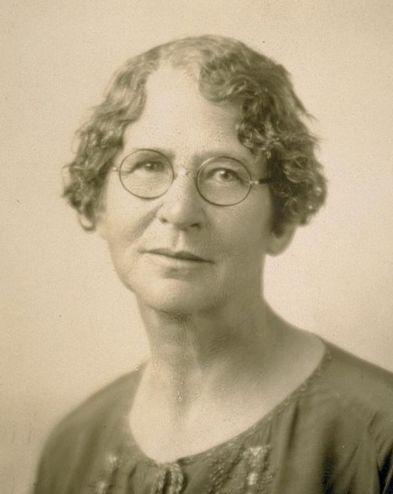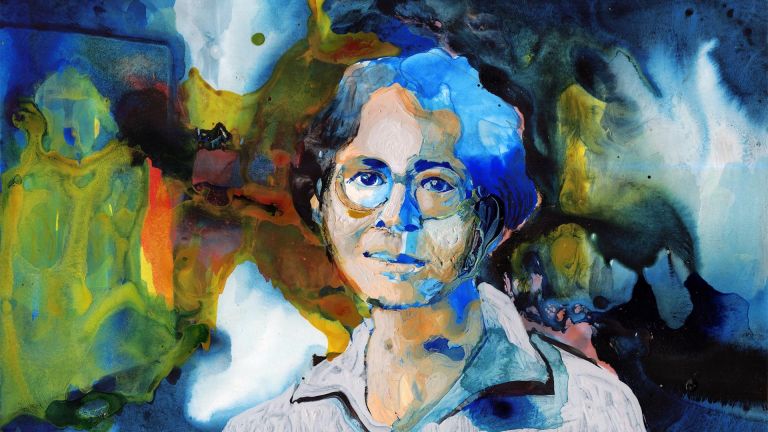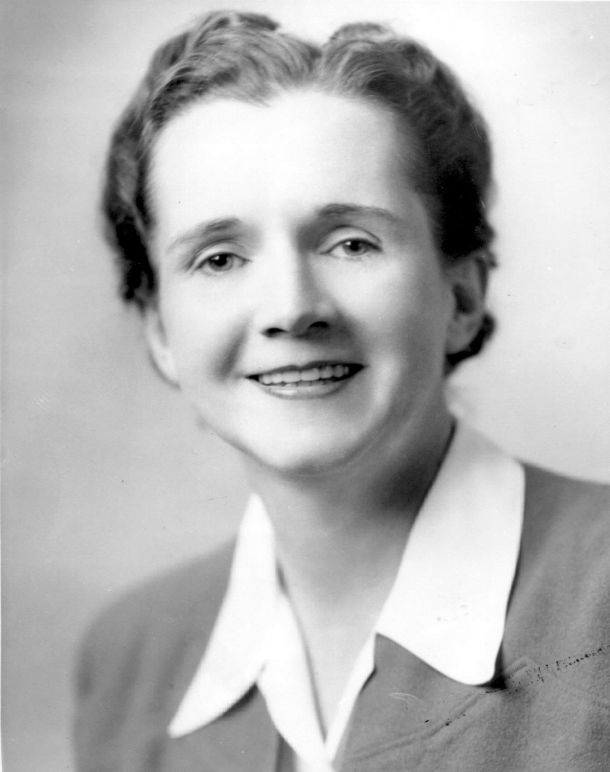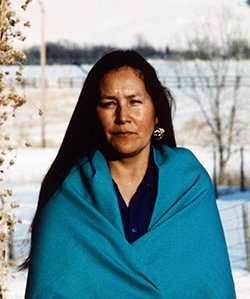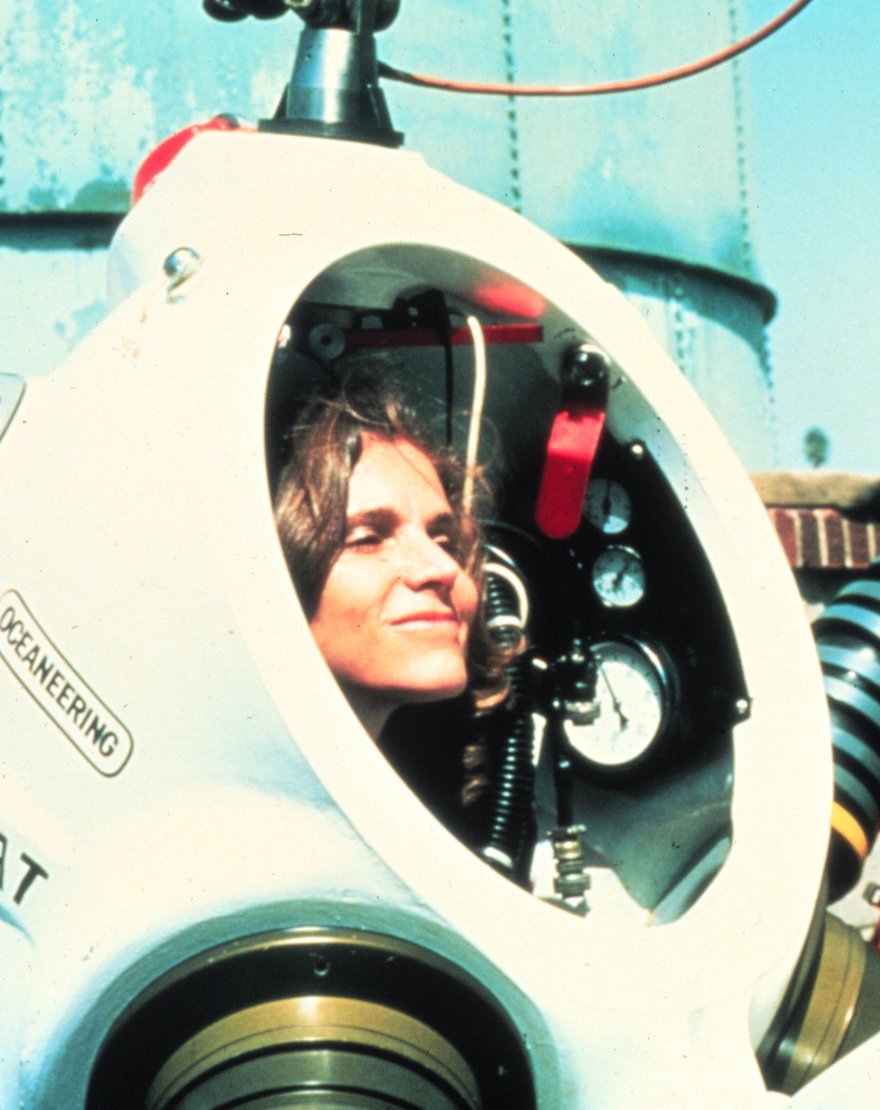On April 22, 1970, 20 million Americans across hundreds of cities mobilized to express their support for our environment.
With this monumental action, the modern day environmental movement was created. Since that day, several landmark environmental laws in the United States have been passed, the Paris climate agreement was signed and many world leaders have stood up to demonstrate support and protection of our planet and its resources. Some of the environmental movement’s most fervent supporters were women earth scientists, botanists, explorers and writers whose work and actions predate the 21st century, but contribute tremendously to our modern day movement.
Today, we celebrate those pioneers who serve as examples of trailblazers that paved the way for today’s environmental activism that engages millions of people around the world.
1. Jane Addams (1860–1935)
Jane Addams is most remembered for being the first American woman to win a Nobel Peace Prize. She was the founder of the Settlement House Movement, the first movement of its kind to address the needs of the urban poor. Today, Addams would be seen as an environmental justice advocate. Addams spent her life investigating and trying to improve conditions in the industrial areas of Chicago. She made speeches about the necessity of clean air, water and food for the neighborhood’s residents and documented the environmental hazards and pollution of the area. Her work taught the world that environmental activism includes not only preservation of the earth’s resources, but also an assurance those living in all communities have equal access to clean air, food and water.
2. Ynés Mexía (1870–1938)
Ynés Mexía was a Mexican-American botanist, explorer and also a focus in our Unladylike2020 series. In her brief but prolific 13-year career as a specimen collector for botanical institutions around the U.S., she discovered over 500 new species of plants, 50 of which are named in her honor. Mexía got her start by joining the Sierra Club and the budding environmental movement in San Francisco in the 1910s. She became interested in botany at age 51, and enrolled as an undergraduate at the University of California, Berkeley. She subsequently led expeditions across Mexico, Central America and South America, becoming one of the most accomplished plant collectors of her time. To learn more about Ynés Mexía, watch her Unladylike2020 episode.
3. Rachel Carson (1907–1964)
Rachel Carson was an American writer, scientist and conservationist. In 1951, she painted a moving and poetic image of the ocean through her acclaimed book “The Sea Around Us,” for which she won the U.S. National Book Award. In 1962, Carson wrote “Silent Spring” which became a seminal piece of literature for the modern day environmental movement. “Silent Spring” delves deep into environmental conservation and led to nationwide concern and eventual reversal of America’s pesticide policy and a ban on DDT, a well known chemical pesticide. Carson’s work is credited for inspiring the creation of the Environmental Protection Agency. She was awarded a Presidential Medal of Freedom by President Jimmy Carter.
4. JoAnn Tall (1953–present)
JoAnn Tall is an environmental activist whose work revolves around improving the conditions of her tribe Oglala Lakota in South Dakota and preserving their sacred land. Tall’s activism began with her work in protesting uranium mining and proposing nuclear testing in the Black Hills area near the Pine Ridge Reservation where Tall and her family live. For her advocacy, she won the 1996 Goldman Environmental Prize. Since then, Tall co-founded the Native Resource Coalition, a think tank dedicated to educating the public on issues related to land preservation and health. Over the course of her life, Tall continues to fight for environmental justice for her people.
5. Dr. Sylvia Earle (1935–present)
Dr. Sylvia Earle has been a National Geographic explorer-in-residence for over 20 years, and was the first woman to do so. She is a marine biologist, explorer and writer. Dr. Earle’s work is dedicated to raising awareness to the effects of pollution and contamination on our ocean wildlife. She was one of the first marine biologists to normalize the use of modern self-contained underwater breathing apparatus (SCUBA) gear and has held numerous ocean expeditions throughout her career. In 1990, Dr. Earle became the first woman chief scientist of the National Oceanic and Atmospheric Administration.


